Car manufacturers have made great strides in safety. However, there are a few tips and tricks you can adopt to make your car even more reliable, especially in terms of passive safety.
If you must change some parts periodically, others require a simple check to ensure they are working correctly.
Here is a small checklist of safety points that we do not necessarily think of.
1. Choosing good wipers
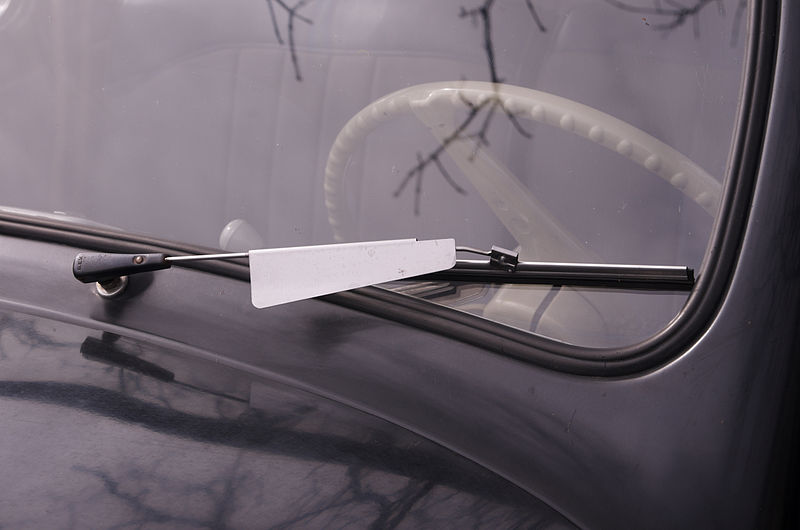
For your wiper blades, you have a choice: with or without a deflector (also called spoiler). Although slightly more expensive, blades with a spoiler prevent the wiper arm from lifting when you’re driving at high speed or in a gust of wind because they increase the pressure of the rubber on the windshield.
Good to know: remember the wear indicator! Wipers should be replaced when the dot in the middle of the blade turns yellow/ orange.
2. Examine the seatbelt fasteners
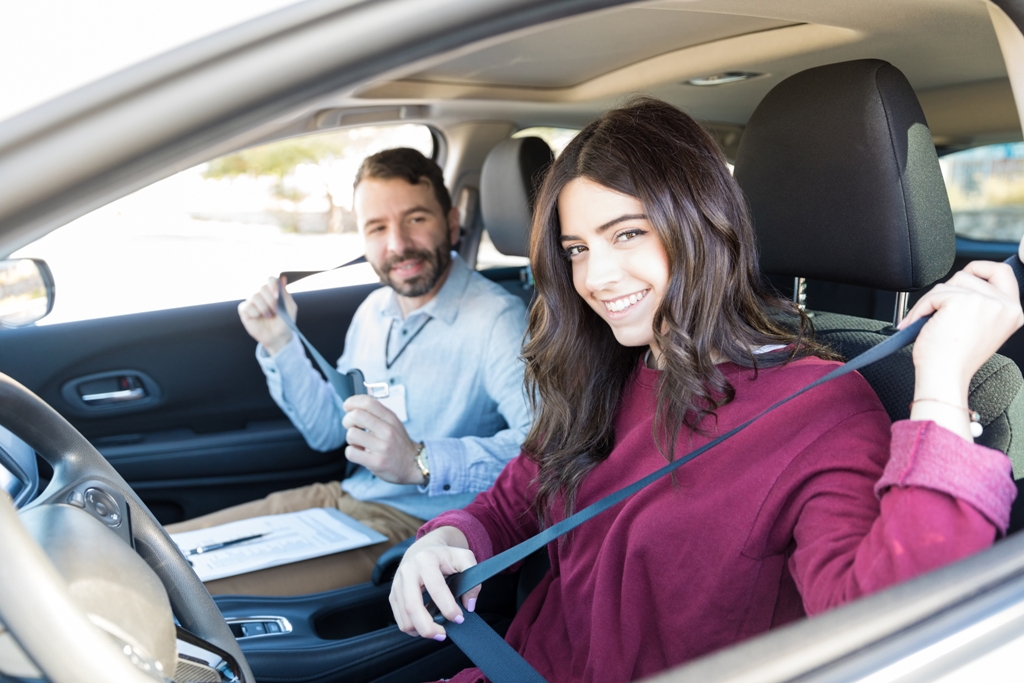
Over time and with vibration, the buckles that secure the belt to the vehicle can become loose. So, regular checks are necessary…
– Locate the large nut at the strap base, often located slightly below the seats or bench. Be careful; a plastic cover sometimes covers it.
– Check its tightness with a flat wrench or a suitable pipe wrench (usually 17 or 19 mm).
– And reposition the cover.
It’s quick, easy, and reassuring!
3. Have the airbags checked
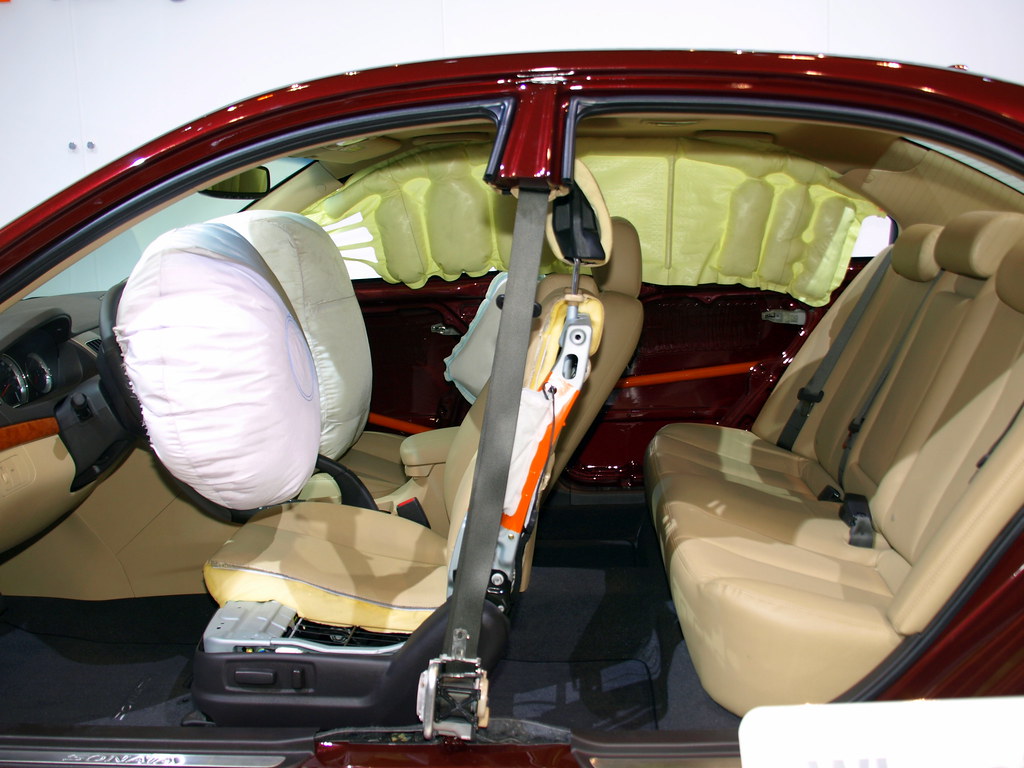
The airbags are the great forgotten of the periodic revisions! However, their proper functioning is guaranteed by a pressurized gas cartridge that should be checked and changed if defective.
Your mechanic has the necessary tools to carry out this check. At least every three years, it is essential to ask him to carry out a complete inspection of this cartridge.
Please note: an airbag that is not correctly maintained can sometimes (although this is rare) activate by itself for no reason.
4. Avoid unnecessary accessories
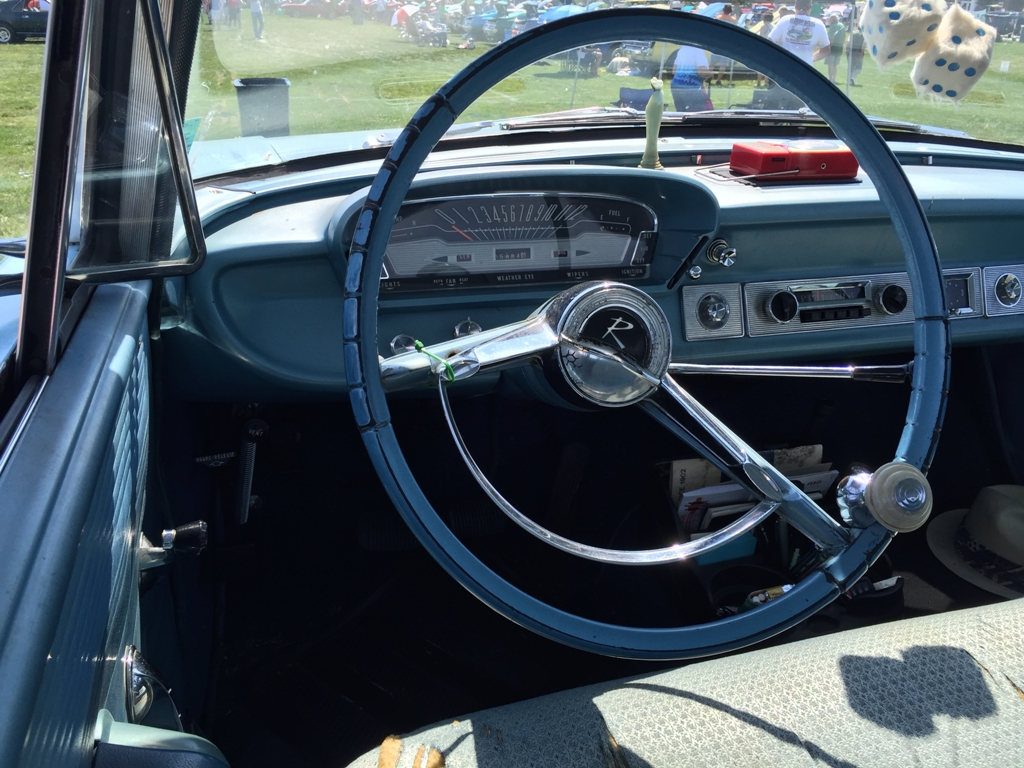
A suction cup on the windshield for the GPS, phone support on the dashboard, a gri-gri hanging under the rearview mirror, a ball on the steering wheel… All these accessories encroach on your field of vision and can form blind spots. In some cases, they can be disruptive. Reduce them as much as possible for serene driving!
Warning: the steering wheel ball can be dangerous if you have to make a quick maneuver… It can even get stuck or unscrewed!
5. Organize the passenger compartment well
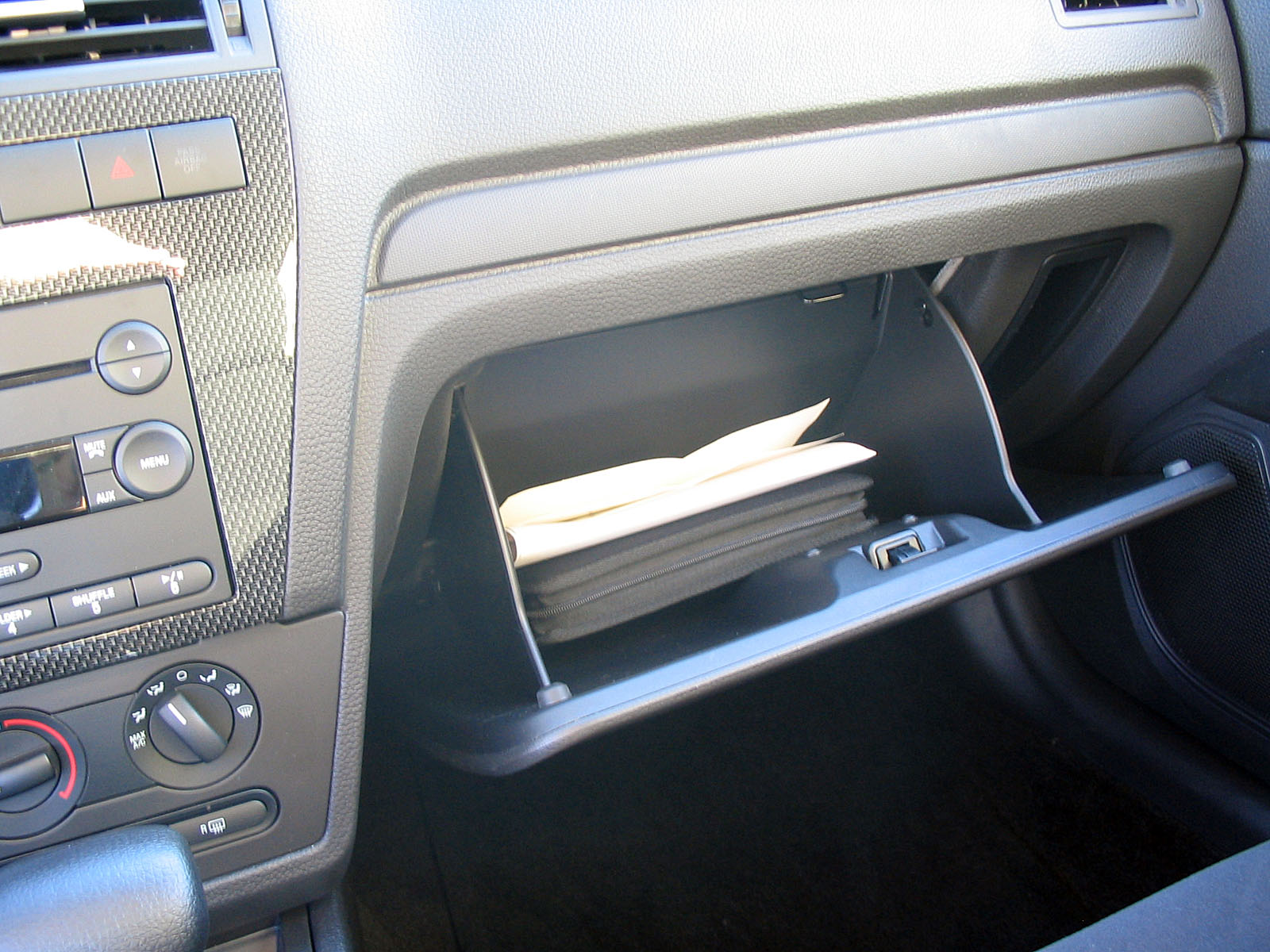
There’s nothing more dangerous than rummaging around in the glove compartment looking for a tissue, a pack of chewing gum, or the GPS!
Take the time to tidy up the interior of the car when you stop and before you leave. Ensure that everything is in its place and easily accessible (especially if you are alone in the vehicle). It’s essential to keep your eyes on the road to avoid the risk of the car going off course.
Good to know: some glove boxes are refrigerated to keep drinks cool. Think about this before storing accessories such as GPS or cell phones. The constant cold and temperature differences are not suitable for electronics and will significantly reduce battery life.
6. Take care of the clutch pedal
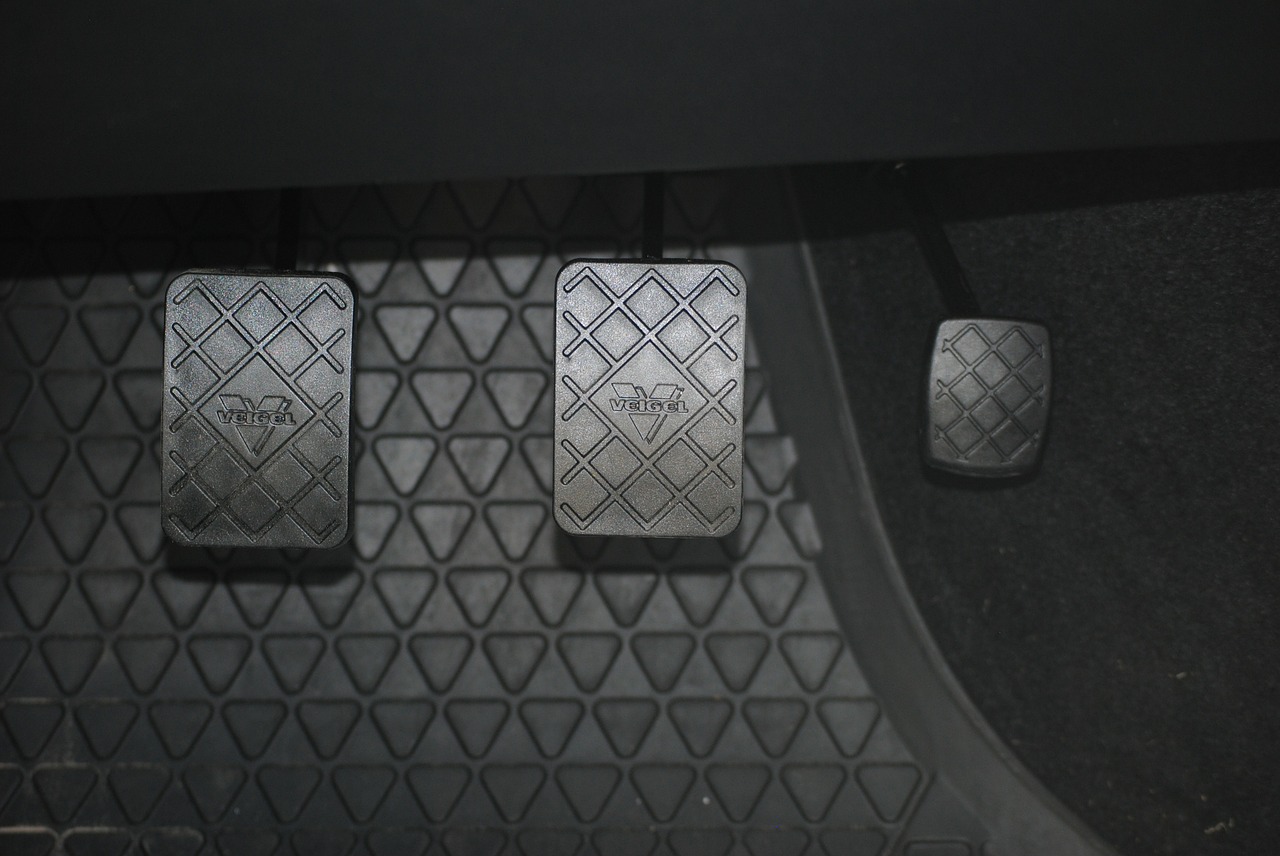
Left foot slipping on the pedal on a rainy day? It’s common, and it’s dangerous! The vehicle may start to move forward or backward at once, and the consequences can be unfortunate…
The clutch pedal must always have enough grip under your sole. Here’s a simple trick to do that…
– Cut a piece of coarse-grained emery cloth (or sandpaper) into a rectangle slightly smaller than the size of your pedal.
– Using neoprene-type glue, attach it securely to the clutch lever. This way, you can be sure that your foot won’t slip again!
Be careful: the gluing must be perfect to avoid any discomfort under the sole.
Hope these few tips will help you. In addition, you can read this post on symptoms and solutions to brake wear. And, remember to share your views below.


